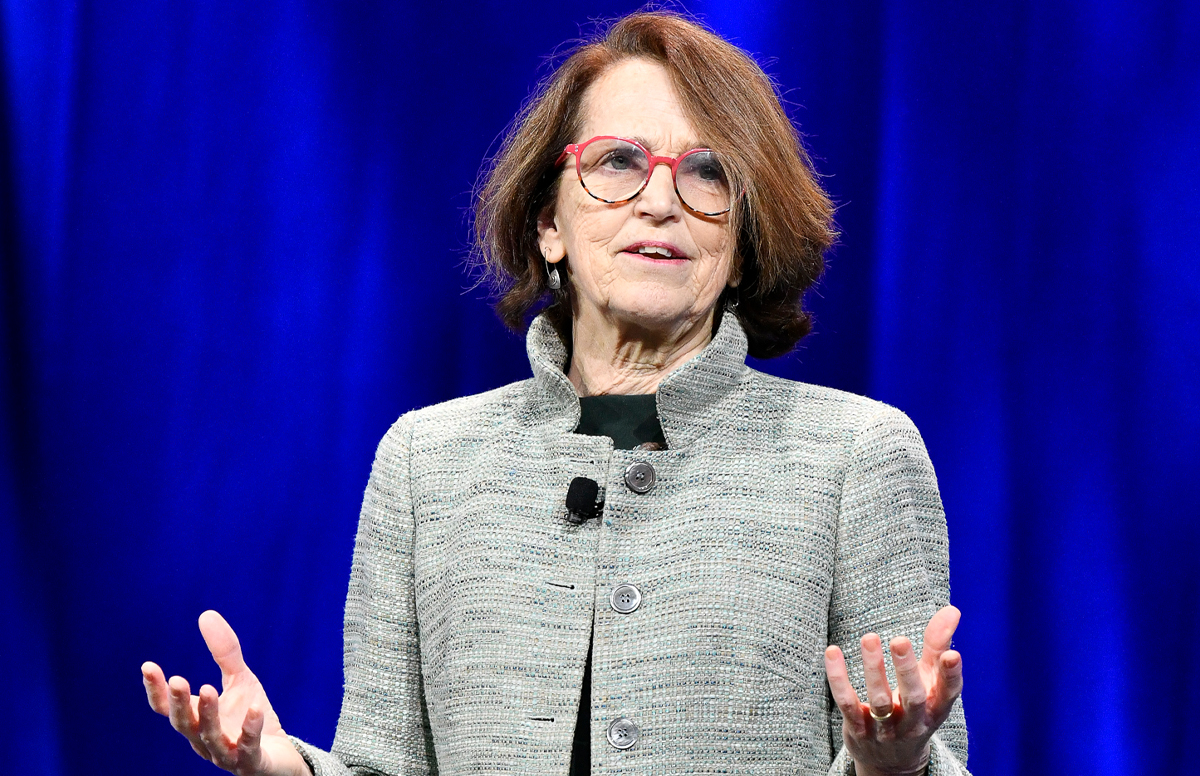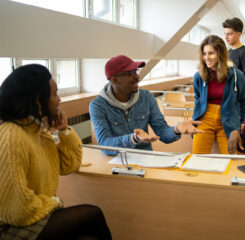Human history is shaped each time a person stands up for an ideal, acts to improve the lot of others, or strikes out against injustice. They send forth a tiny ripple of hope … those ripples build a current that can sweep down the mightiest wall of oppression and resistance.
Sen. Robert F. Kennedy spoke these words during a visit to South Africa in 1966, at the height of apartheid. American entrepreneur Frans Johansson, who turned two that year, wouldn’t appear on the world stage for another 40 years. Yet, both individuals—and the valuable lessons they teach—inspired me as I prepared the message I shared at the LeadingAge Annual Meeting and the Global Ageing Network Conference last week in Boston.
Senator Kennedy’s lesson was clear and inspiring. Hope leads to action—and impact. It’s that simple.
Hope may start small, but it quickly grows in strength and scope. Ultimately, it can help us achieve great things. This lesson remains just as important at the close of 2025 as it was in the 1960s, when a group of nonprofit providers of aging services established what is now known as LeadingAge.
Our founders hoped to make a lasting impact on the lives of older adults. They wanted our voices to be heard during policy debates and when service delivery models and practices were shaped. They embraced their responsibility to address the needs of an aging society—and to do so with integrity, determination, and a spirit of innovation.
They understood then, as we do now, that everyone benefits when we come together to learn, share, and pursue a common mission. When LeadingAge established what is now the Global Ageing Network, it recognized the importance of expanding these efforts by spreading ripples of hope that would impact countries, regions, and continents.
These decades-long efforts have had a profoundly impactful effect. However, we still have much more work ahead as we strive to address new challenges caused by demographic shifts that have significantly increased the need and demand for our services.
Aging services organizations urgently need new ideas for serving more people in different ways, supporting the growing number of individuals living with dementia, building safe homes for those living on the margins, and assisting family caregivers who are the primary support system for the older generation and our field.
None of these challenges can be fully addressed unless we change our mindset, even as we continue to rely on our deep expertise and experience. We must be willing to make small changes that can have a significant impact, while also remaining open to major transformations that challenge the status quo.
Frans Johansson’s creative approach to innovation and change can help us with this effort. In his 2002 book, The Medici Effect, he offers practical advice on how to create a better future by encouraging a spirit of innovation that helps organizations stay focused and find direction when facing significant challenges.
Johansson asserts that the most significant innovations occur when ideas from different fields, cultures, and disciplines “collide.” It’s a simple yet powerful concept. By bringing together a diverse range of perspectives—even ones that seem to oppose each other—we can generate a wide range of innovative strategies that we might not have considered otherwise.
How can the aging services field create the collisions Johansson envisions? First, we need to think broadly about the diverse range of experts from different fields and disciplines who can help us address the challenges we face. Then, we must invite those experts into our conversations.
We need to be inclusive and bold when selecting our experts. For example, let’s discuss the future of aging services with urban planners, historians, sociologists, anthropologists, and mayors. But let’s also include some even more unlikely partners, like film directors, sculptors, carpenters, and boat builders.
Let’s use our imaginations and think out loud. Let’s work together, with open minds, to spark the innovation needed to make the changes we urgently need. Then, let’s collaborate to test, implement, and evaluate the best ideas—the ones that promise to help us embrace hope, take meaningful action, and achieve lasting change.
The challenges ahead are enormous, but the possibilities are vast and exciting. And it will be even more exciting when we do this together.
Thank you for what you do today and for what we will accomplish together in the future.

 Shutdown Week Three: Impact of Ongoing Closure on Affordable Housing
Shutdown Week Three: Impact of Ongoing Closure on Affordable Housing


